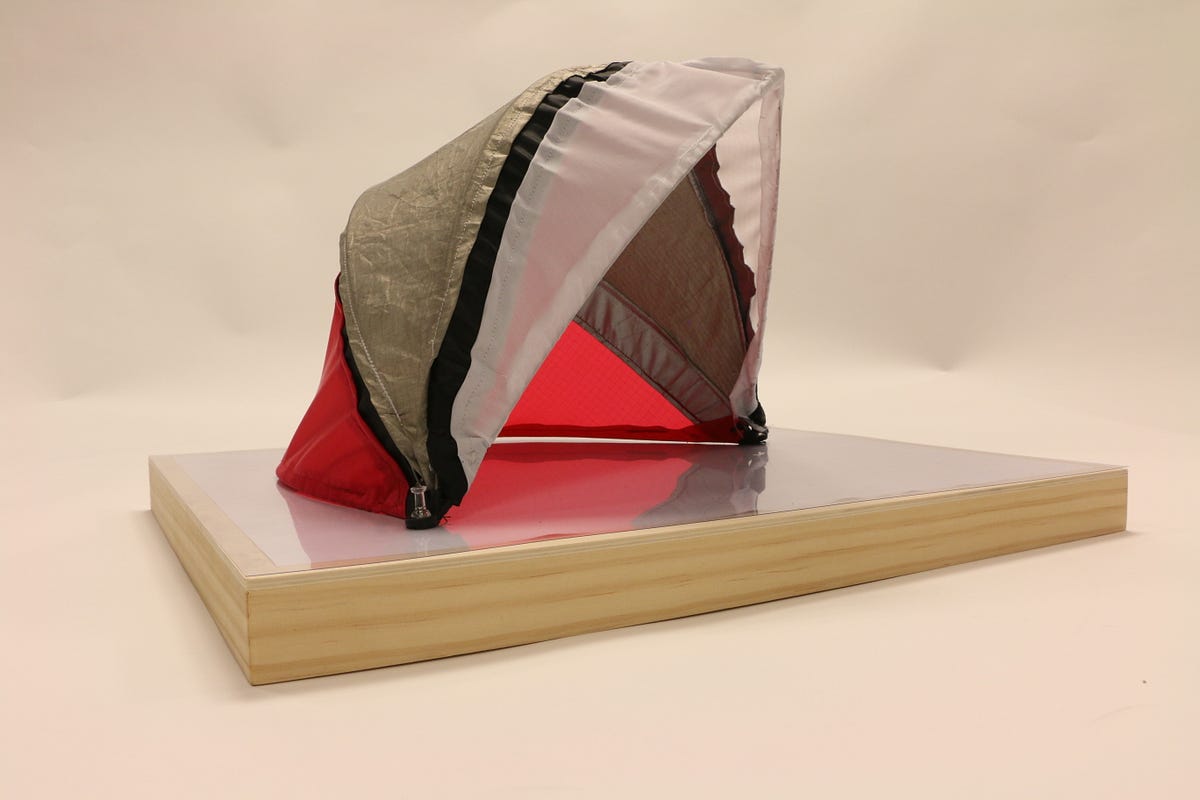
WHYY: ‘Penn students aiming to build a smarter shelter for refugees’

A team of Penn undergrads is working at the nexus of chemistry, physics, materials science and design, all with a very human goal: designing next-generation disaster relief tents that do more than just keep out the elements. Harnessing nanotechnology inspired by biology, these tents could also provide drinking water for the displaced.
Their work is part of REACT, Research and Education in Active Coating Technologies, a multidisciplinary, multi-institution effort supported by a five-year, $3.6 million grant from the National Science Foundation. REACT is also part of the NSF’s Partnerships in International Research and Education program, which seeks to foster global collaborations on topics of societal importance.

The SURGG, or Summer Undergraduate Research Group Grant, team’s specific goal was to implement “superhydrophobic” coatings into these tents, allowing them to channel and collect rainwater, which can later be purified.
They showed off their progress at a REACT symposium last week, and spoke to WHYY reporter Avi Wolfman-Arent. Read his coverage here.
